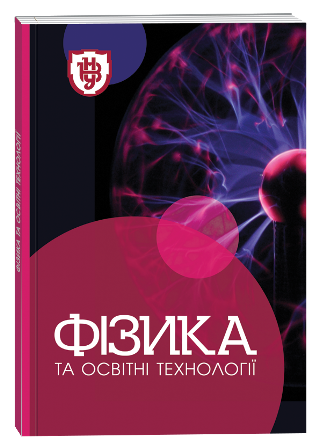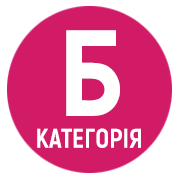PROBLEMS-MODELS AND MODELS TO THE PROBLEMS
DOI:
https://doi.org/10.32782/pet-2021-2-3Keywords:
physical task, model of the real process, condition analysis, structure of the condition, interpersonal relationships, model images, graphs, task compilationAbstract
The paper argues that any physical problem can be considered as a model of a real process. Analyzing the condition of the problem, we always neglect some factors, and others highlight as important. You can always complicate the task and show it in development, if you take into account the factors that were neglected. An example is a problem that simulates a real situation of accelerated motion of two connected bodies (a car pulls a trailer or another car). As a rule, the weight of the cable is not taken into account when solving such problems, the tension force is considered horizontal. Also, a wellknown real problem is considered, where with the help of a pump air is injected into an empty chamber of a bicycle tire and the number of injections is sought. There is also the opposite task: the formalization of observations of the world around us in the form of a self-formulated task. Involving students in compiling tasks based on the analysis of different situations contributes to the formation of their ideas about real processes and the possibilities of their modeling. The activation of students' cognitive activity is greatly facilitated by the problems, the solutions of which substantiate the legitimacy of the respective models. Examples of problems that substantiate the model of an ideal gas are considered. The role of symbolic and material models is shown. Model images and graphics are used as an example. Groups of problems for the analysis of the resulted models are offered. It is concluded that the use of all types of educational models in the process of solving problems activates the cognitive activity of students, promotes the education of creative thinking, forms their scientific worldview, creates opportunities for the implementation of the principle of level differentiation.
References
Калапуша Л.Р., Кобель Г.П., Швай О.Л. Моделювання у процесі розв’язування задач з фізики. Луцьк : Ред.-вид. відд. Волин. ун-ту ім. Лесі Українки, 1997. 72 с.
Кобель Г.П., Савош В.О. Олімпіадні задачі з фізики (обласна учнівська олімпіада з фізики: Волинська область, 2015–2019 навч. рік). Луцьк : Вежа-Друк, 2020. 96 с.
Кобель Г.П., Савош В.О. Третій етап LІІ Всеукраїнської олімпіади з фізики. Педагогічний пошук. 2015. № 3. С. 67–75.
Римкевич А.П. Збірник задач з фізики для 9–11 класів середньої школи. 11-те вид. К. : Освіта, 1993. 239 с.
Розв’язування задач з фізики : практикум / під заг. ред. Є.В. Коршака. К. : Вища школа Головне вид-во, 1986. 312 с.








